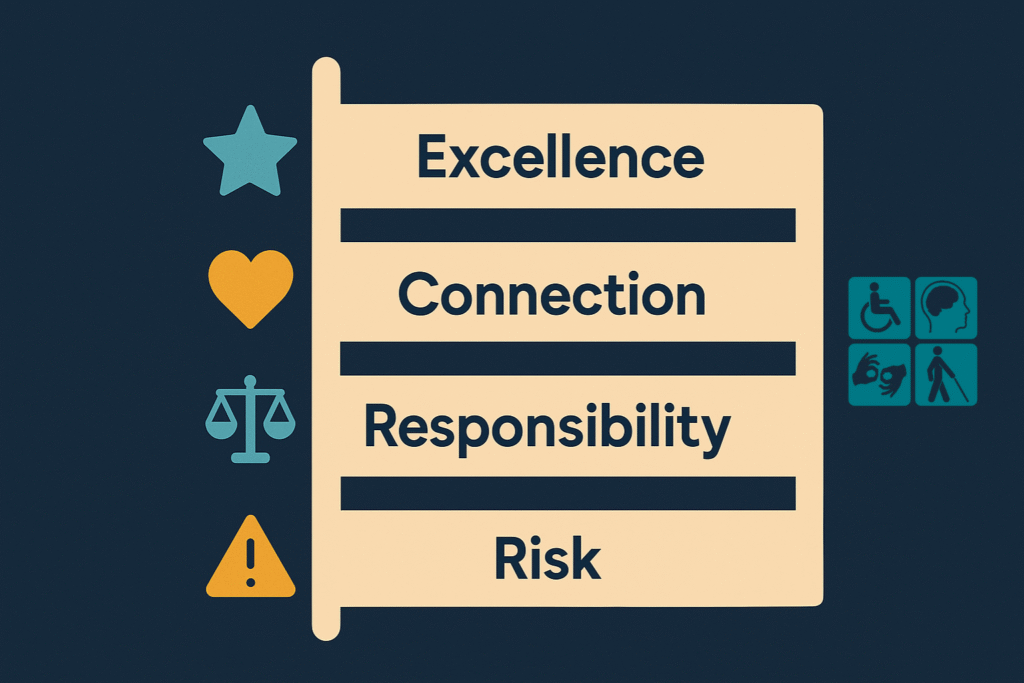Creating a website that is welcoming and accessible isn’t just about technical requirements—it’s about people. When websites fall short of accessibility, the cost isn’t measured in dollars alone. It’s measured in trust, connection, and missed opportunities to serve with compassion and responsibility.
Let’s explore the real cost of overlooking ADA website compliance—and why making accessibility a priority is a choice rooted in care, quality, and community.
Why ADA Website Compliance Matters
The Americans with Disabilities Act (ADA) calls for equal access, including in digital spaces. Ensuring your website aligns with ADA principles means that individuals who rely on assistive technologies—such as screen readers, keyboard navigation, or voice controls—can navigate, understand, and engage with your content.
When a site isn’t accessible, it creates a barrier. And those barriers don’t just block access—they break trust.
The Tangible Costs of Inaccessibility
- Missed Opportunities to Serve
An inaccessible site may unintentionally exclude individuals who are ready and eager to connect with your business. Inclusive design widens your reach and ensures everyone can engage with your brand. - Reputational Impact
Today’s customers value brands that prioritize responsibility and inclusivity. Ignoring accessibility can signal a lack of care, leading to lost credibility in the eyes of visitors who seek thoughtful, people-first experiences. - Legal and Financial Risk
Lawsuits related to digital accessibility are increasing each year. Non-compliant websites may face legal action, fines, and the added costs of rushed remediation. Prevention is always more sustainable than correction. - SEO and Performance Impacts
Accessibility improvements often align with better usability and SEO performance. Skipping those updates can mean missing out on higher search rankings, faster performance, and more meaningful interactions.
Choosing Accessibility: A Commitment to Excellence
At its heart, accessibility is a reflection of your values. It demonstrates that your digital presence is designed with care, that everyone is welcome, and that your brand is committed to high standards.
Investing in accessibility is not just a technical decision—it’s a human one. It’s about nurturing connection, building trust, and empowering all visitors to experience your site fully and comfortably.
Let’s Move Forward—Together
ADA website compliance is a journey. And whether you’re just getting started or making enhancements to an existing site, support is available to guide you with empathy and clarity.
You don’t have to navigate it alone.
To begin your accessibility journey, you can explore our Accessibility Checklist, review our Accessibility Statement, or request a Free Website Audit to better understand how your site measures up.
If you’d like warm, dependable guidance, we’re here to walk with you—thoughtfully and respectfully, every step of the way.


